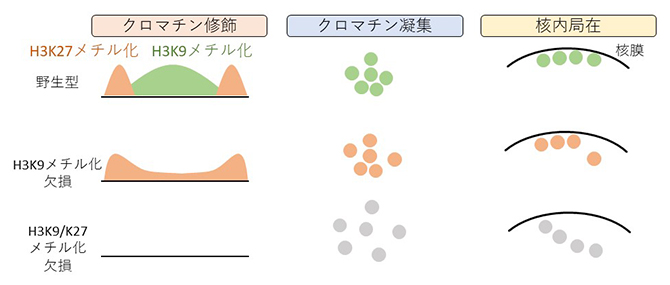2023-05-26 スウォンジー大学
◆研究チームは、こうした行動の変化が、都市環境におけるリスクから新生児を守るのに役立っていると考えています。本研究は、ヒヒが人間の活動にどのように適応しているかを明らかにし、都市空間との相互作用を管理するための戦略を提案するものです。この研究結果は、都市部における人間と野生動物の衝突を最小限に抑え、共存を促進するのに役立つと思われます。
<関連情報>
- https://www.swansea.ac.uk/press-office/news-events/news/2023/05/gps-tracking-reveals-how-a-female-baboon-stopped-using-urban-space-after-giving-birth.php
- https://onlinelibrary.wiley.com/doi/10.1002/ece3.9963
ケープタウン市の端に住む雌のヒヒによる都市空間利用の産後停止について Postpartum cessation of urban space use by a female baboon living at the edge of the City of Cape Town
Anna M. Bracken, Charlotte Christensen, M. Justin O’Riain, Ines Fürtbauer, Andrew J. King
Ecology and Evolution Published: 16 May 2023
DOI:https://doi.org/10.1002/ece3.9963

Abstract
Species with slow life history strategies that invest in few offspring with extended parental care need to adapt their behavior to cope with anthropogenic changes that occur within their lifetime. Here we show that a female chacma baboon (Papio ursinus) that commonly ranges within urban space in the City of Cape Town, South Africa, stops using urban space after giving birth. This change of space use occurs without any significant change in daily distance traveled or social interactions that would be expected with general risk-sensitive behavior after birth. Instead, we suggest this change occurs because of the specific and greater risks the baboons experience within the urban space compared to natural space, and because leaving the troop (to enter urban space) may increase infanticide risk. This case study can inform methods used to manage the baboons’ urban space use in Cape Town and provides insight into how life history events alter individuals’ use of anthropogenic environments.


